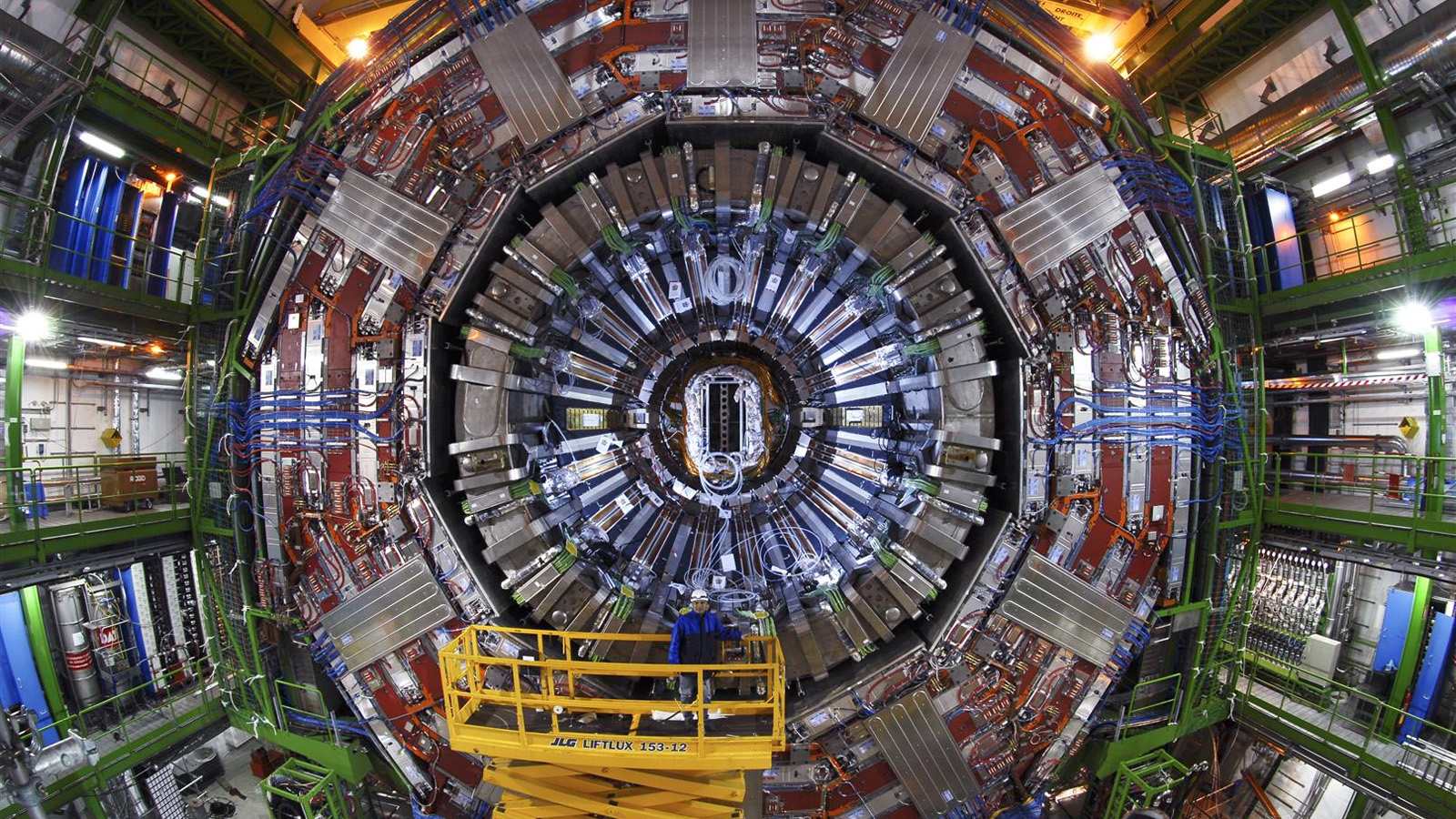Taking a closer look at LHC
Physics Beyond Colliders (PBC) is an exploratory study aimed at exploiting the full scientific potential of CERN's accelerator complex and technical infrastructure, as well as its know-how in accelerator and detector science and technology. PBC projects complement the goals of the main experiments of the Laboratory’s collider programme. They target fundamental physics questions that are similar in spirit to those addressed by high-energy colliders, but require different types of beams and experiments.
The main goal of the Physics Beyond Colliders Study Group remains to explore the opportunities offered by CERN’s unique accelerator complex, its scientific and technical infrastructure, and its know-how in accelerator and detector science and technology, to address today’s outstanding questions in particle physics through initiatives that complement the goals of the main experiments of the Laboratory’s collider programme. Examples of physics objectives include dedicated experiments for studies of rare processes and searches for feebly interacting particles. The physics objectives also include projects aimed at addressing fundamental particle physics questions using the experimental techniques of nuclear, atomic, and astroparticle physics, as well as emerging technologies such as quantum sensors, that would benefit from the contribution of CERN competences and expertise. The study group may also examine ideas and provide initial support for contributions to projects external to CERN. The study group acts as a central forum for exchanges between the PBC experimental community and theorists for assessment of the physics reach of the proposed projects in a global landscape.
The Forward Physics Facility (FPF) is supported by the CERN Physics Beyond Collider (PBC) group.
FPF is a proposed new underground cavern at the Large Hadron Collider (LHC) that will host a suite of new experiments during the High-Luminosity LHC (HL-LHC) era. The existing large LHC detectors have un-instrumented regions along the beam line, and so miss the rich physics opportunities provided by the enormous flux of particles produced in the far-forward direction. Without the FPF, the HL-LHC will be blind to neutrinos and many proposed new particles. With the FPF, a diverse suite of experiments will detect millions of neutrinos at the highest energies ever seen from a human source and probe a wide range of new physics theories. The FPF will thereby expand our understanding of neutrino properties, probe proton and nuclear structure and the strong interactions in new regimes, clarify astroparticle data, and carry out world-leading searches for light dark matter, dark sectors, new forces, and many other new particles.
For example, the FORMOSA demonstrator aims to prove the feasibility of the full experiment, which is intended to be installed in a proposed underground hall located about 620 metres away from the ATLAS interaction point, in the experimental area – the Forward Physics Facility – which is under study within the Physics Beyond Colliders initiative and is expected to host several experiments that will search for long-lived particles predicted by theories beyond the Standard Model. These particles would be produced by collisions at the centre of the ATLAS detector and would interact feebly with Standard Model particles. If approved, the experiments, among them the the proposed FASERν 2 and FLArE experiments, could start taking data when the High-Luminosity LHC is switched on in 2029.
|
AUTHORS Xabier Cid Vidal, PhD in experimental Particle Physics for Santiago University (USC). Research Fellow in experimental Particle Physics at CERN from January 2013 to Decembre 2015. He was until 2022 linked to the Department of Particle Physics of the USC as a "Juan de La Cierva", "Ramon y Cajal" fellow (Spanish Postdoctoral Senior Grants), and Associate Professor. Since 2023 is Senior Lecturer in that Department.(ORCID). Ramon Cid Manzano, until his retirement in 2020 was secondary school Physics Teacher at IES de SAR (Santiago - Spain), and part-time Lecturer (Profesor Asociado) in Faculty of Education at the University of Santiago (Spain). He has a Degree in Physics and a Degree in Chemistry, and he is PhD for Santiago University (USC) (ORCID). |
CERN CERN Experimental Physics Department CERN and the Environment |
LHC |
IMPORTANT NOTICE
For the bibliography used when writing this Section please go to the References Section
© Xabier Cid Vidal & Ramon Cid - rcid@lhc-closer.es | SANTIAGO (SPAIN) |




